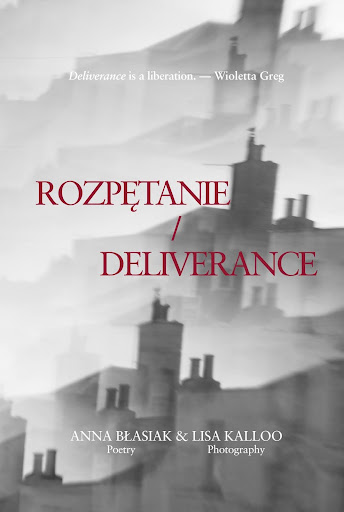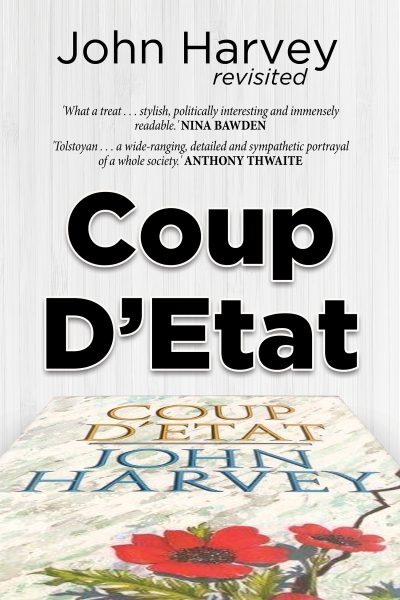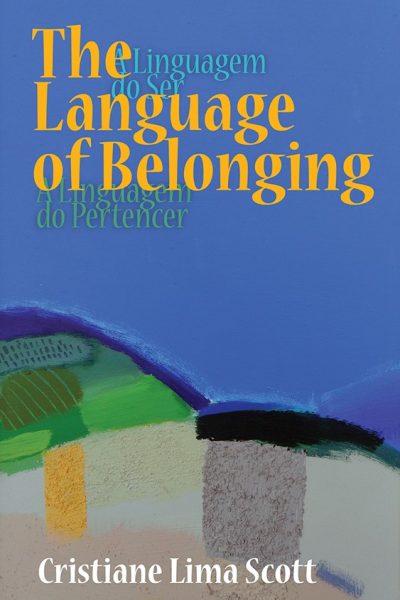Description
English-Polish volume of poems by Anna Błasiak with photographs by Lisa Kalloo
It isn’t exaggeration to say Deliverance is pioneering; it is a book of design, of illustration, a collaboration built upon a dynamic exchange across mediums; a collection of photopoetry, of image and poem, each elevating the other; all speaking with immediacy to what can be gleaned from personal experience.
— SJ Fowler, poet, writer, organiser of European Poetry Festival in the UK
Anna Błasiak’s poetry book has kicked me where it hurts. These are moving poems about discrimination on many levels, but also about love and finding oneself. Deliverance is a liberation, an unmasking, beautifully complemented by Lisa Kalloo’s photographic collages.
— Wioletta Greg, poet, novelist,
longlisted for the Man Booker International Prize (2017) and shortlisted to the Griffin Poetry Prize (2015)
A series of poems about growing up queer in Poland in the 1980s. Deliverance has a narrative angle and explores themes of gender identity, LGBTQ rights, coming out, homophobia, women’s rights etc, at the same time being mainly based on the author’s family/societal history/background. The book has been written bilingually, in Polish and in English. The idea is that a reader can read each poem in either of the languages or in both of them simultaneously. The author has been exploring different techniques to achieve this result: mirroring, intertwining, playing on sounds in both languages. This is her attempt of showing the reality of somebody living between the languages, sometimes stretched between them – of somebody who, originally from Poland, has lived in the UK for over 20 years and who, as a translator, works in both of those languages on an everyday basis.
The angry but also passionate strength of the text overflows and needs more idioms, mother tongues and artistic languages. Or maybe it’s more correct to say that in the Anna Blasiak’s and Lisa Kalloo’s work all the borders are systematically disrupted, in the form (the borders between English and Polish, as well as between poetry and photography, as well as graphics) and in the substance.
The book is not just a story or a denunciation, or a path to the deliverance of the title. It is an experience that is offered to us, which immediately swallows us up. We have to live it together with the authors as if we were given no other choice.
The atmosphere is a sinister and dark one – of Nosferatu or of the cruel Grimm’s tales – those vortices that suck you in and into which you slip, like in Escher’s drawings. The structure is that of dreams, or rather of nightmares; you sink into them and proceed by associations, and there is no escape until you wake up. Images, gothic and twilight photos, and words interpenetrate each other and create a unique texture, dark and shining, a stream of consciousness, now painful, now frightening, now bitter and even sarcastic, with a very fast rhythm. There is also a love poem, a passionate reminiscent of the Song of Songs, there is a violent male’s world, the narrow-mindedness of a ghettoizing society, the push to deny rights and the longing to live with bright naturalness, to grow up queer, to have the liberty to love and live according to one’s identity and to belong on normal terms, without any stigmas.
To “run through the night” becomes a need, as it is taking a common deliverance path for several women and generations. And other barriers fall between the “I” of the poems’ author, her memories and referencing of several other stories, women writers and works, as if she wanted in this way to involve all the women of the book in an embrace, that end up absorbing them in herself.
Night and breath are key words, maybe also because the text was conceived in the Covid period. But here the breath is what you conquer when you wake up from the apnea of the nightmare. And that widens and loosens when you return home. In the book the home to which one returns is one’s own being and the real deliverance comes on the last page, but only for those who “ran crossing all the night” putting it behind with the authors.
— Laura Fusco, poet, author of Liminal, Nadir and Elle
This is a pioneering collection with a successful intertwining of theme and multilingual poetry
allowing the reader greater access to the world under review. …
The poems have a clarity and endearing multiplicity as they slide from English to Polish…
… an innovative bilingual publication …
The photo collages work with the multilingual
poems as another register and counterpoint adding to the swirling mix. The poems operate in
different ways in relation to the two languages. They vary from an instant translation line to line or
stanza to stanza, to moving freely from language to language in each line, presented horizontally
or vertically in columns, or in shapes.
— David Caddy
Afterword in Tears in the Fence 81, Spring 2025
I love the splicing and see sawing between Polish and English, which force a dialogue in between
the familiar and the un – and create a fiery urgent rhythm, making room for questioning voices,
family, poetry and reader. The photographs build an atmospheric world – of shadows and
ambiguity in which the poems are able to find safety – catch their breath and also be cushioned in
the warmth of such a spectrum of tone. As one can be cushioned in the anonymity of a city even
when it’s cold and damp.
This is a great book, so thoughtfully crafted, but alive with real speaking.
— Sophie Herxheimer, poet and artist,
author of Velkom to Inklandt, 60 Lovers to Make and Do, Index and The Practical Visionary
ABOUT THE AUTHORS
Anna Błasiak is a poet and translator. She has translated over 40 books from English into Polish and some fiction and poetry from Polish into English. In addition to her book-length translations, her work has been published in Best European Fiction 2015, Asymptote, The Guardian, B O D Y Literature, Modern Poetry in Translation and York Literary Review. More: annablasiak.com.
Lisa Kalloo is an emerging queer, BAME, British artist/photographer of Indian/West Indian heritage. She studied law but moved away from it. In her photography she explores different cultures. More at lisakalloophotography.co.uk




